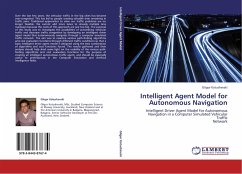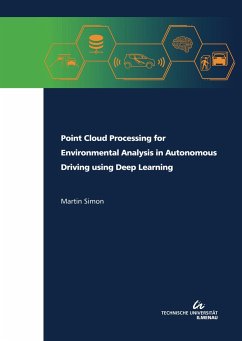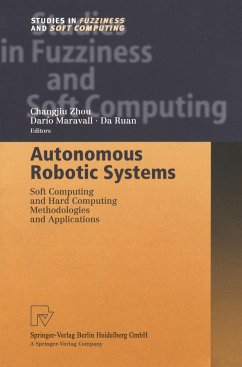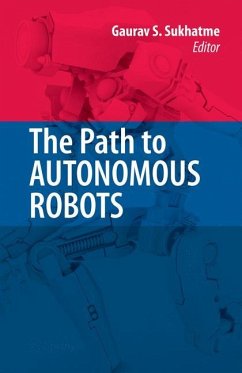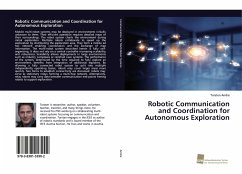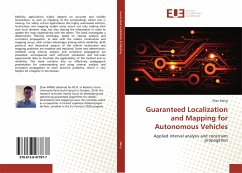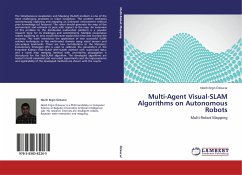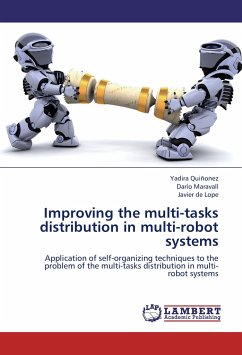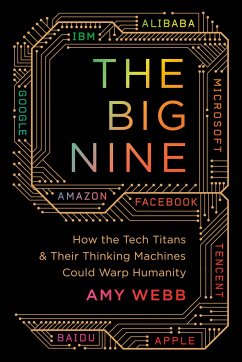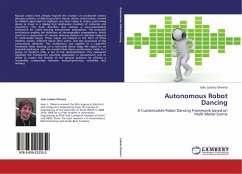
Autonomous Robot Dancing
A Customizable Robot Dancing Framework based on Multi-Modal Events
Versandkostenfrei!
Versandfertig in 6-10 Tagen
39,99 €
inkl. MwSt.

PAYBACK Punkte
20 °P sammeln!
Musical robots have already inspired the creation of worldwide robotic dancing contests, as RoboCup-Junior's Dance, where school teams, formed by children aged eight to eighteen, put their robots in action, performing dance to music in a display that emphasizes creativity of costumes and movement. This book describes and assesses a user-customizable framework for robot dancing edutainment applications. The proposed architecture enables the definition of choreographic compositions, which result on a conjunction of reactive dancing motions in real-time response to multi-modal inputs. These input...
Musical robots have already inspired the creation of worldwide robotic dancing contests, as RoboCup-Junior's Dance, where school teams, formed by children aged eight to eighteen, put their robots in action, performing dance to music in a display that emphasizes creativity of costumes and movement. This book describes and assesses a user-customizable framework for robot dancing edutainment applications. The proposed architecture enables the definition of choreographic compositions, which result on a conjunction of reactive dancing motions in real-time response to multi-modal inputs. These inputs are shaped in the form of three rhythmic events, different dance floor colors, and the awareness of the surrounding obstacles. This architecture was applied to a Lego-NXT humanoid robot dancing on a real-world dance stage. We report on an empirical evaluation over the overall robot dance performance made to a group of students after a set of live demonstrations. This evaluation validated the framework's potential application in edutainment and its ability to sustain the interest of the general audience by offering a reasonable compromise between musical-synchrony, variability and animacy.




